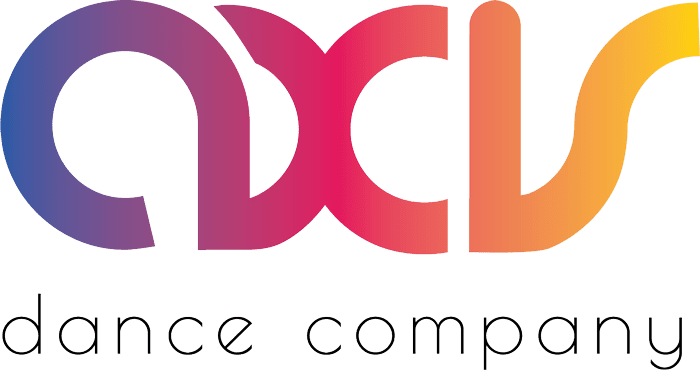Access is important at each stage of a project, from the early planning process, through the performances, to the legacies a collaboration can leave behind. When the work is engaging, exciting, and satisfying, it makes meaningful and lasting impressions.
Think of promotion and marketing as forms of engagement. When you present disability artistry, disabled audiences often show up in greater numbers. This is an opportunity to bring disabled people into your work.
Check out this video from The Exploratorium, San Francisco for a great, engaging example of a
“Before You Arrive” accessibility video:
Questions
- Do your promotional materials include information about access features and how to connect with your organization to ask questions?
- Do you offer open captioned performances? Sign language interpreted performances? Audio described performances? Relaxed performances?
- Do you have “Before You Arrive” videos/photos/text that shows pathways, bathrooms, elevators, places where people may need to wait in lines, etc?
- Do you list information about the nearest public transportation?
- Are there trigger warnings people should know?
- Does your website offer screen reader compatibility, high-contrast choices, no-mouse navigation, and other web access features?
- Do you make people who need to use their phones during a performance feel comfortable doing so?
Resources
-
“Relaxed” performances
-
Battersea Arts Centre – Accessibility Page (UK)
-
How to Make a Stim Kit – Kinetic Light
-
Social stories
-
Alt text/image descriptions
-
Moving/living full body “headshots”
-
Plain language materials for cognitive accessibility
-
Easy Read materials for cognitive accessibility
-
High contrast between colors in marketing materials
-
Marketing Tools by Arts, Access, Australia
-
AXIS Engagement and Outreach Guide
-
De Warande Theater: Transforming Audience Engagement
-
Disability Deep Dive Language Guide
-
Broadway Sacramento’s Accessibility program,
-
Editoria11y – Web Accessibility Checker
